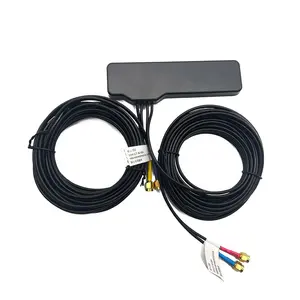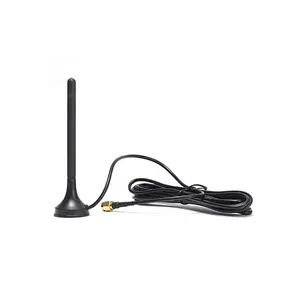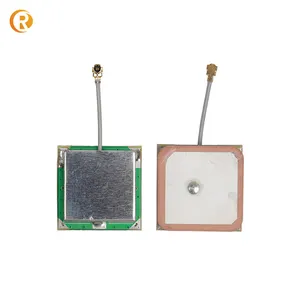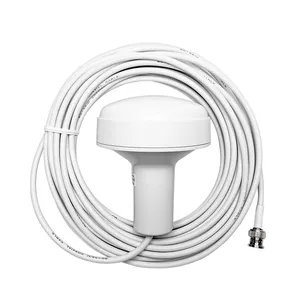Introduction to GSM Antenna Technology
The realm of wireless communication is ever-expanding, and at the heart of this growth is the small GSM antenna. GSM, standing for Global System for Mobile Communications, is a standard developed to describe protocols for second-generation (2G) digital cellular networks. The small GSM antenna is a critical component in this infrastructure, facilitating the transmission and reception of signals across a network.
Types and Applications of GSM Antennas
There are various types of GSM antennas, each designed for specific applications. Omni-directional antennas provide 360-degree coverage and are ideal for general use in areas with a dense network. Directional antennas, on the other hand, focus the signal in a particular direction, which is beneficial for long-distance communication. These antennas are integral to devices such as mobile phones, modems, and signal boosters, ensuring connectivity in both urban and remote locations.
Features and Materials
A small GSM antenna is engineered for efficiency and durability. Materials such as copper, aluminum, and plastics are commonly used, chosen for their conductive and weather-resistant properties. Advanced models may incorporate flexible materials that allow for easy installation in compact spaces. The design of these antennas often includes features to minimize interference and maximize signal strength, ensuring reliable communication.
Advantages of Compact GSM Antennas
The compact size of these antennas offers several advantages. Their small footprint allows for unobtrusive installation and versatility in various environments. Despite their size, these antennas are capable of maintaining strong signal reception and are an essential component in the vast network of GSM infrastructure.
Understanding GSM Antenna Specifications
When selecting a small GSM antenna, it's important to consider its specifications, such as frequency range, gain, and VSWR (Voltage Standing Wave Ratio). These technical parameters determine the antenna's compatibility with different GSM bands and its efficiency in signal transmission. It's crucial to match the antenna's specifications with the requirements of the communication system for optimal performance.
Choosing the Right GSM Antenna
Alibaba.com hosts a wide array of international suppliers offering a diverse selection of GSM antennas. Whether you're in need of a robust antenna for industrial use or a compact solution for a handheld device, the platform connects you with suppliers to meet your specific needs. By understanding the nuances of GSM antenna technology, buyers can make informed decisions to find the right antenna for their communication challenges.










































 浙公网安备 33010002000092号
浙公网安备 33010002000092号 浙B2-20120091-4
浙B2-20120091-4